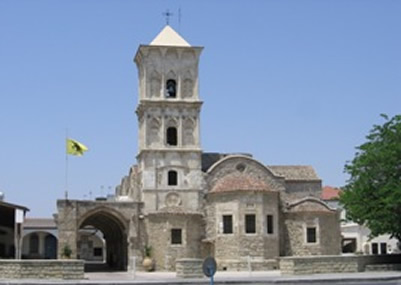Larnaca
Third largest city and home of the island’s largest airport
Ancient city kingdom of Kition
Hub for exploring Cyprus’ eastern coastline
On the edge of Larnaca Bay the palm-lined seafront of Larnaca town bustles with cafes, tavernas, shops and bars. Historic charm is lent to the scene by its fortress castle, now used as the town’s summer cultural centre. Larnaca is an excellent base from which to get to know the central and eastern section of Cyprus, its proximity to the International Airport and a number of luxury hotels that have been developed along its beautiful sandy beaches make this a popular holiday choice.
Much smaller than Nicosia or Limassol, Larnaca has a population of 150,000 and has managed to retain a relaxed, leisurely atmosphere. Its main shopping area is Zenon Kitieos Street, a typically busy road of small shops, with a wonderfully colourful fruit and vegetable market at the far end.
Larnaca was originally known as Kition. The town’s heyday was as an ancient city kingdom established by the Mycenean Greeks in the 13th century BC, when it enjoyed the dual position of rich sea port and major centre of the copper trade. Remains of that period excavated in recent years can be seen in its Cyclopean walls and a complex of Mycenean temples at the ancient Kition site.
Birthplace of the stoic philosopher Zeno, Larnaca was also the second home of St. Lazarus, who arrived there after his resurrection and later became its first Bishop. The Church of St Lazarus standing in the centre of the town is well worth a visit. The tomb of St Lazarus, who is still the patron saint of Larnaca, is under the sanctuary.
Main City Highlights
St Lazarus Church
Diving wreck of Zenobia
Finikoudes promenade and Larnaca Marina
Hala Sultan Tekke and Larnaca salt lake
Lefkara Village
Chirokoitia Neolithic settlement
Ancient Kition,
Angeloktistos church
Pierides museum

